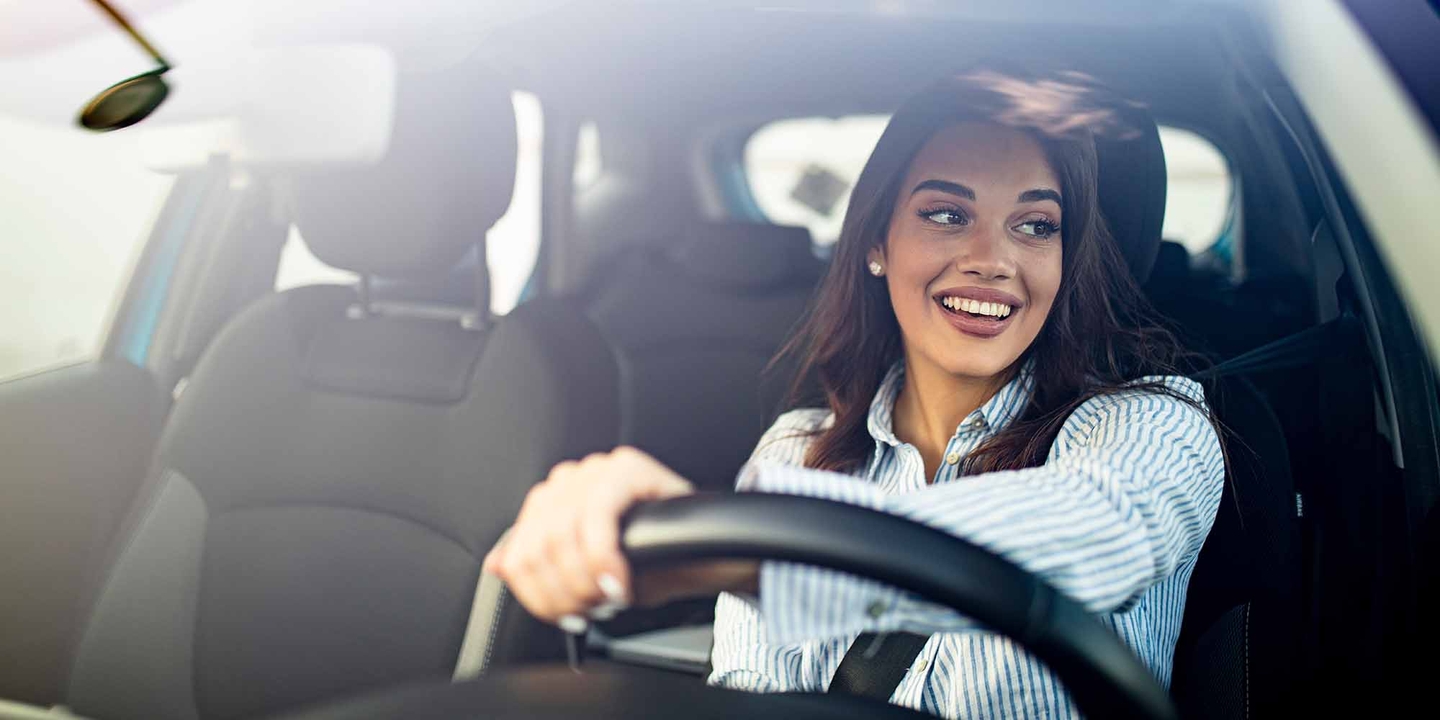What are bad driving habits?
3 min read
Habits are an essential part of being a good driver. The more aspects of operating a car that are second nature, the more attention you can give to the road and traffic conditions. Unfortunately, many drivers have internalized bad or unsafe driving habits that make their driving riskier. These behaviors can be hazardous because we may not even be aware of them.
Bad driving habits to avoid
Some bad driving habits to avoid include the following:
Speeding
Distracted driving frequently makes headlines as a dangerous habit of today’s drivers. However, data from the Insurance Information Institute (III) indicates that speeding is the bad driving habit most often associated with fatal crashes. Pay attention to established speed limits and if you tend to speed up on long drives, consider learning how to use your car’s cruise control to avoid speeding. Learn more about how distracted driving impacts insurance.
Road rage and aggressive driving
The III lists two bad driving habits associated with aggressive driving — “operating a vehicle in a careless manner” and “failure to yield right of way” — as two of the top four factors for fatal crashes. Aggressive driving can also escalate into road rage, provoking even riskier driving behaviors.
Left lane camping
Not all states have clear rules regarding using the left lane, but the best practice is keeping right unless passing a slower-moving vehicle. Once you have passed the vehicle, get back over to the right. Staying in the left lane makes it hard for others to pass, encourages cars to weave dangerously through traffic in multiple lanes, and is a bad driving habit to avoid.
Rolling stops and pushing yellows
These unsafe driving habits revolve around proper stopping procedures. In a rolling stop, you don’t come to a full stop but instead slow down at a stop sign. You might even do this at a red light before a right turn. This bad driving habit can be troublesome for experienced drivers who are familiar with intersections they see often. They can make assumptions about whether there will be any traffic coming.
“Pushing a yellow” refers to seeing a yellow light and trying to squeeze through the intersection before it turns red. The intention of the yellow light is to give those already in the intersection an opportunity to finish their maneuver, not a “last call” to those still approaching the intersection.
In many jurisdictions, both of these bad driving habits are moving violations that can result in tickets or other consequences.
Not maintaining proper distance
Most drivers know the dangers of tailgating, especially at high speeds — but some of us still do it. Many drivers forget that maintaining distance is equally important when you stop your car. If you’re in line at a light, for instance, you should leave enough room in front of you that if someone else hit your car from behind, you wouldn’t cause a chain reaction by hitting the car in front of you.
Bad communication
Lack of communication is another bad driving habit to avoid. Many drivers don’t use their turn signals before a turn or lane change; when they do, it’s often at the last minute. Signaling is an important way of letting other drivers know what to expect and can help prevent accidents or misunderstandings on the road. In some jurisdictions, failure to signal is a ticketable offense.
Overusing the horn is another bad driving habit when communicating with other drivers. The horn’s purpose is to draw attention or issue friendly warnings. A car horn can also alert other drivers to your presence, for example. Its purpose is not to “yell” at other drivers.
Only watching the road directly in front of you
Safe drivers keep track of what’s happening in the distance and what’s happening around them. That gives them time to react calmly and gradually. For example, if you see brake lights or a fallen object far ahead, you can start slowing down and positioning yourself now. That lessens the need for sudden braking or acceleration, sudden lane changes, or other unexpected behaviors that can cause accidents or slowdowns.
To avoid bad driving habits, you must develop safe driving habits that will help keep you and the other drivers with whom you share the road safer.




